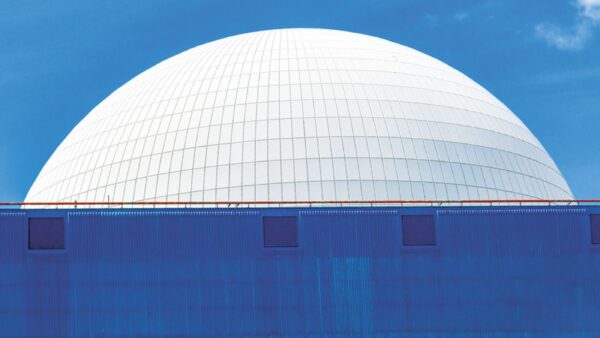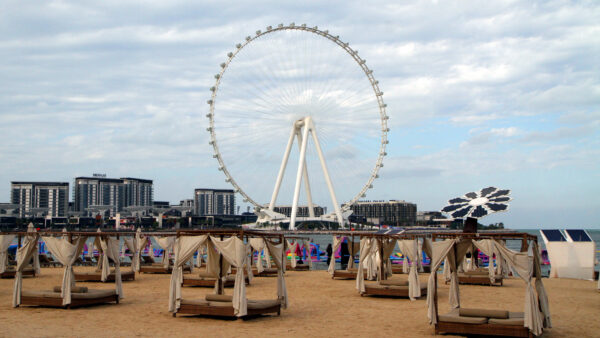Two underwater settlements created by octopuses have been discovered in Jervis Bay on the east coast of Australia.
They were constructed by octopus tetricus, a species previously thought to be solitary in nature, and consist of two shell-based structures called Octopolis and Octlantis 17m under the sea.Â
A study published in the journal Marine and Freshwater Behavior and Physiology, describes how the molluscs created underwater walls from clam and scallop shells. Stephanie Chancellor, the co-author of the report, said the walls “were further sculpted to create dens, making these octopuses true environmental engineers”.
Previously thought to be solitary, the species has been observed having “frequent interactions, signalling, mating, mate defence, eviction of octopuses from dens, and attempts to exclude individuals from the site”.
Divers saw 16 octopuses coexisting in Octlantis; only five more would make it officially a hamlet.
Peter Godfrey-Smith, philosopher and author of Other Minds: The Octopus and the Evolution of Intelligent Life, has visited the site and describes it is as an artificial defence settlement that aims to offer a refuge in a dangerous area full of predators like sharks and dolphins.
Time will only tell if octopuses are capable of building larger settlements, roads, villages, cities and public transport systems.
A review of Godfrey-Smith’s book, which explains the extraordinary physiological and intellectual abilities of the octopus, can be accessed here.
Image: An octopus tetricus in Australia, considering whether to lay the laminate floor widthways or lengthways (Wikimedia Commons/Sylke Rohrlach)






